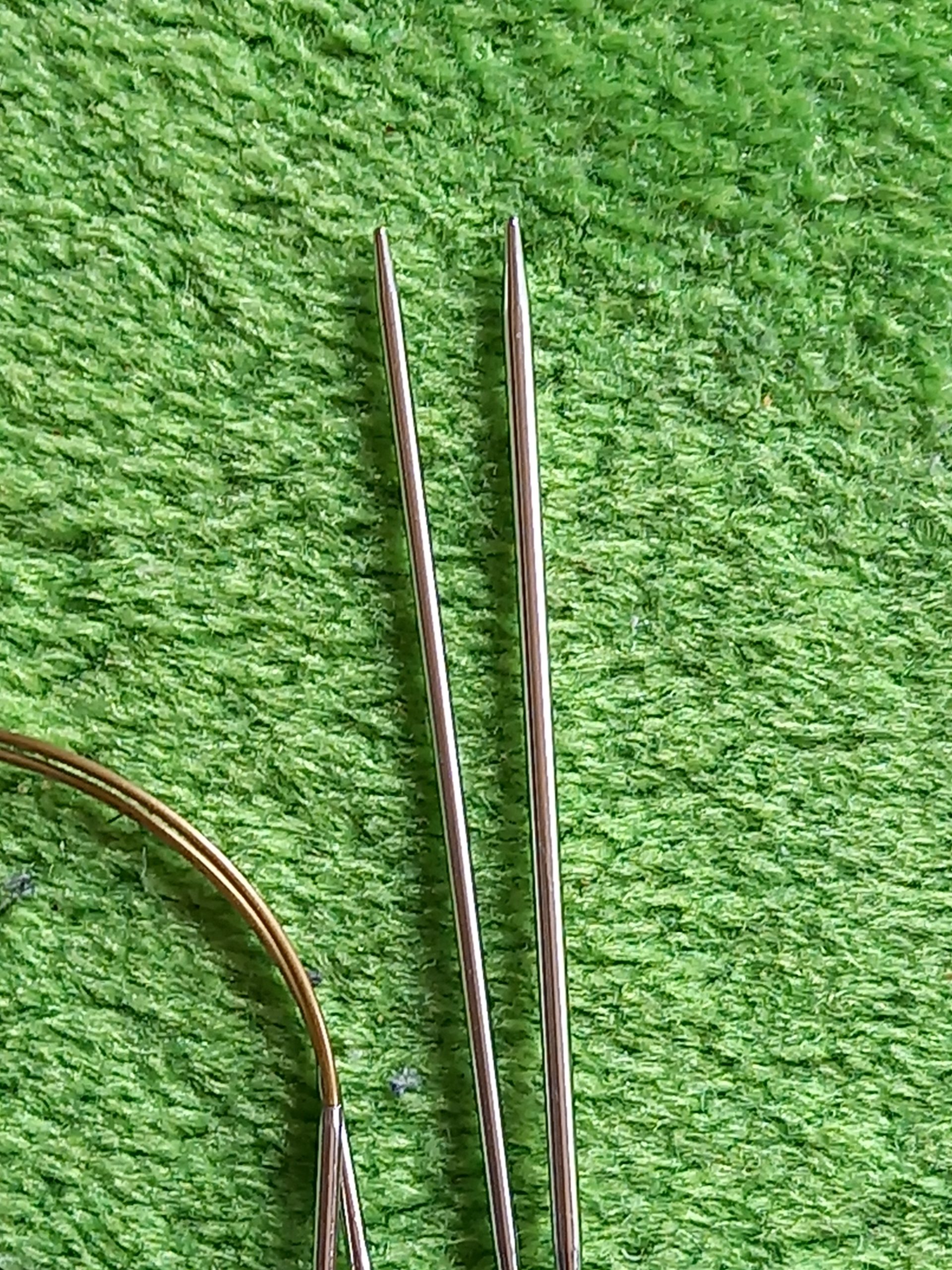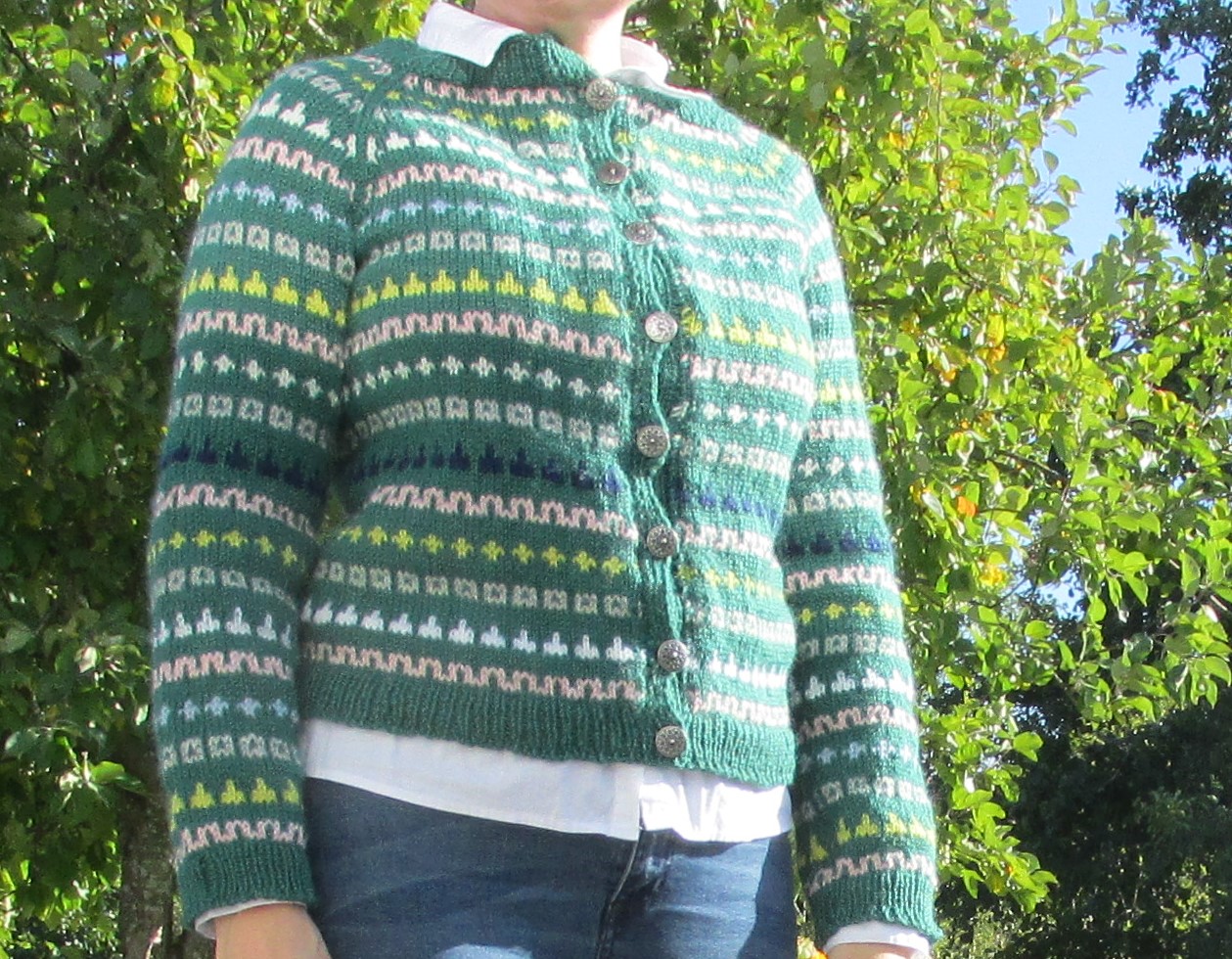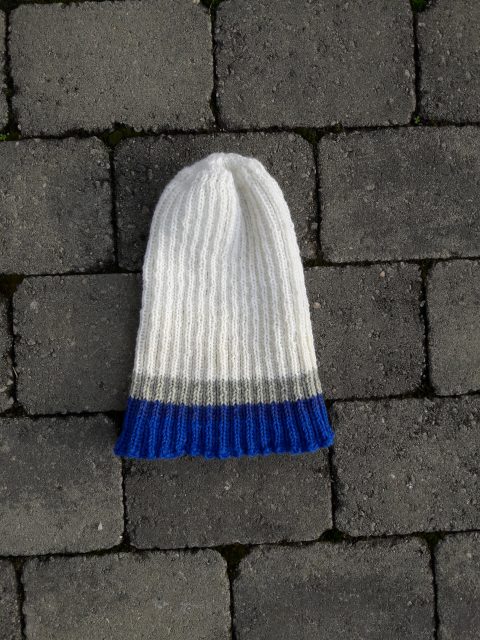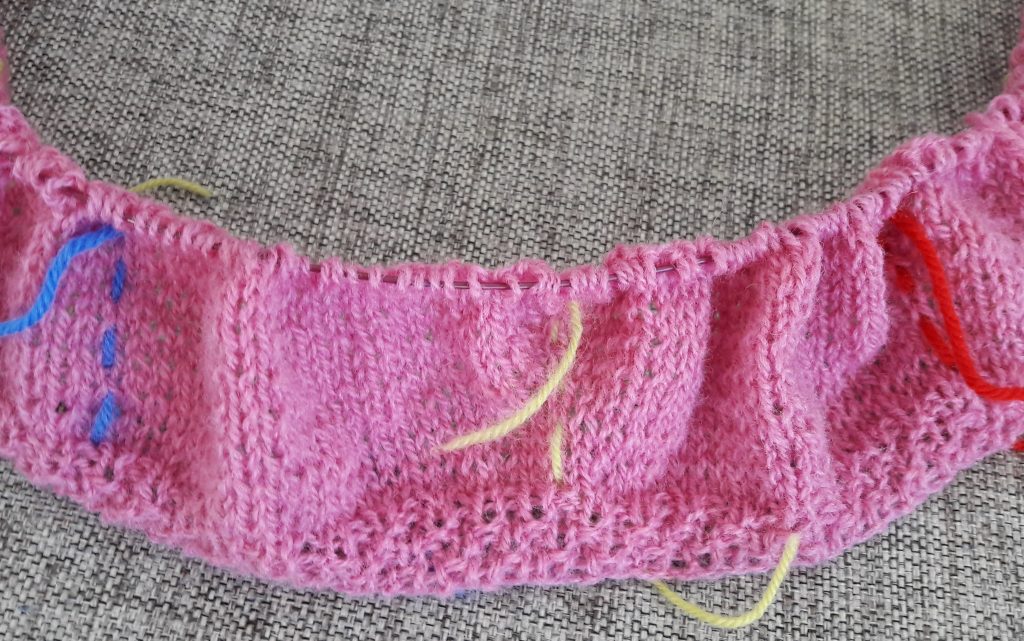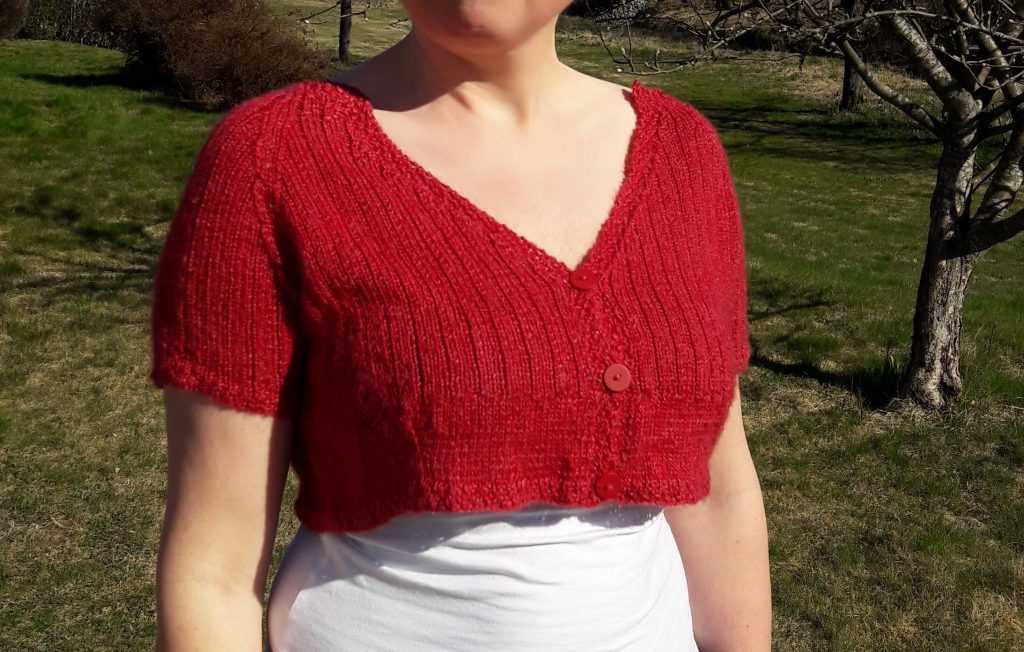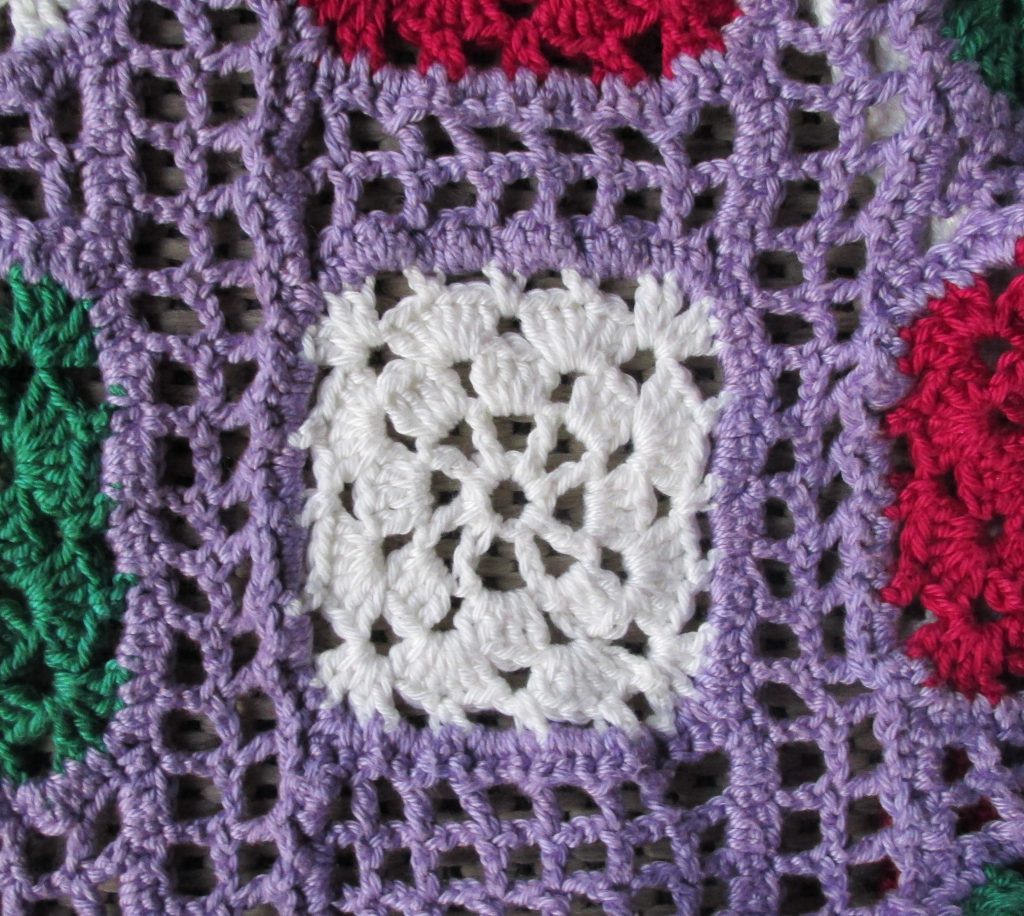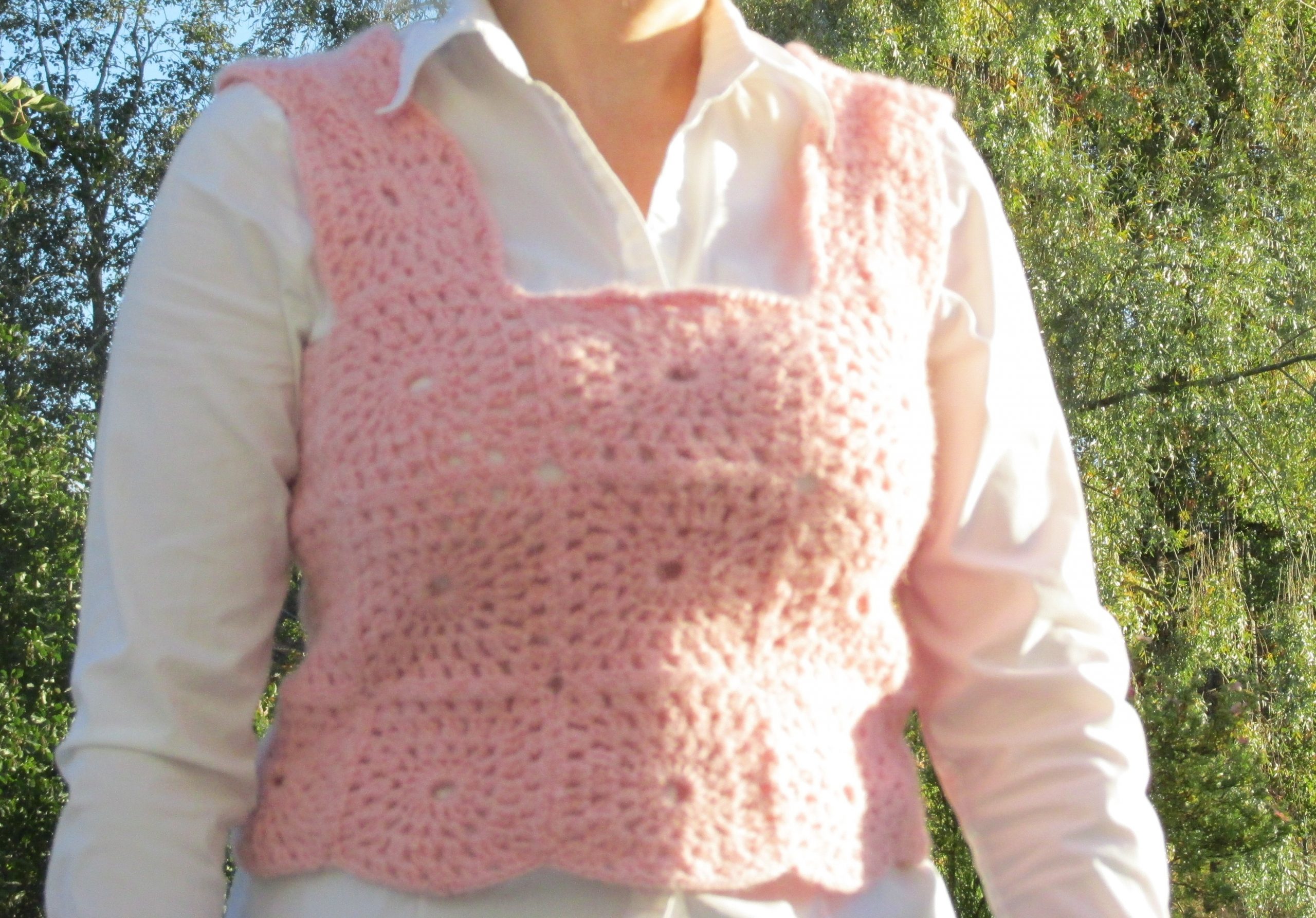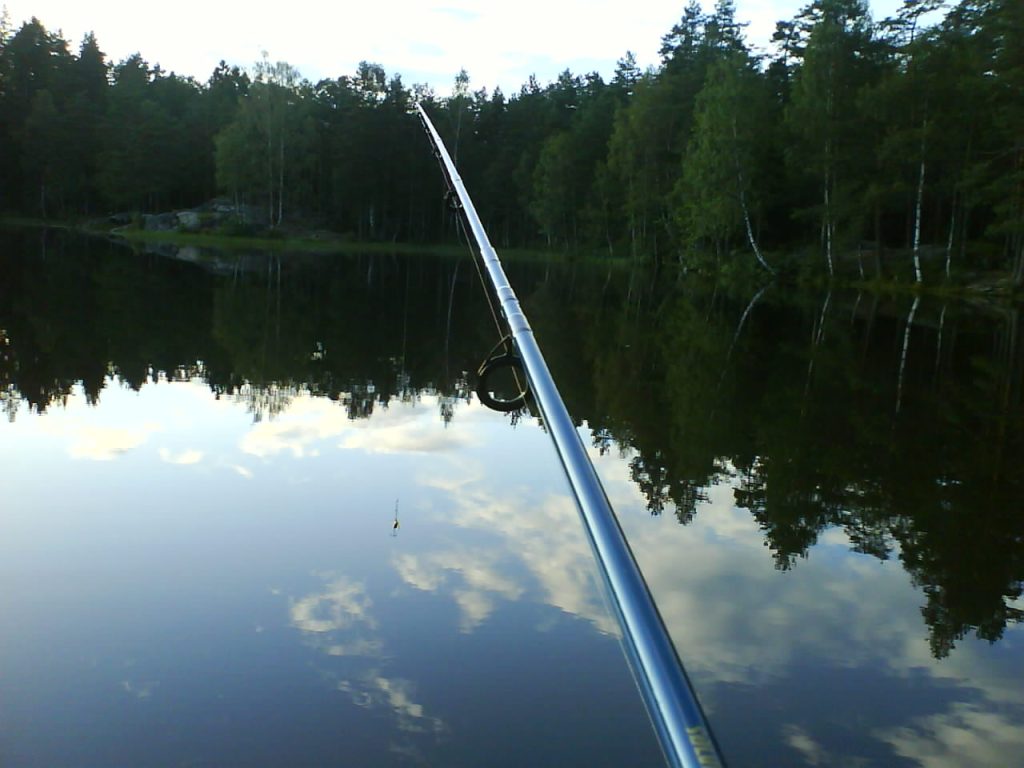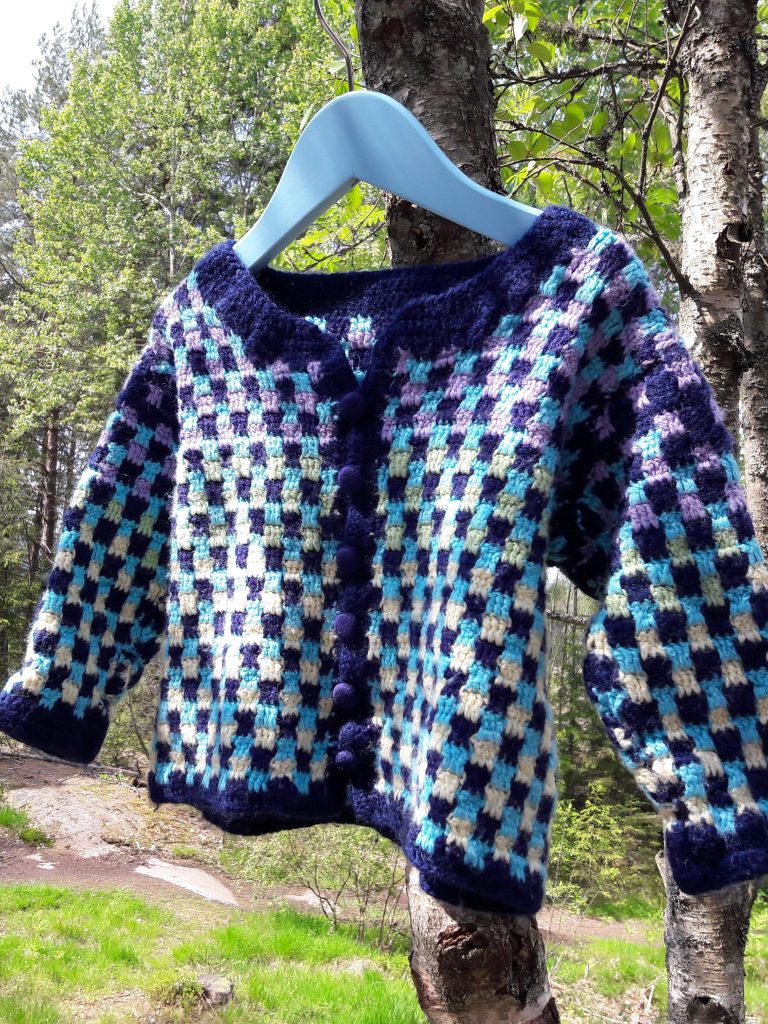
There are different reasons to choose seamless knitting. And likewise, there are benefits if you sew.
If you want to make a garment with minimal lumps and bumps around the attachment points, seamless is a good choice. The same goes if you want to avoid steeking.
The need of steeking is one of three main reasons to sew during the assembly of a knitted garment. One is to close small gaps, such as between the sleeves and the body. Another is that the garment is knitted flat, in several parts, which are to be put together. And the third reason is that the fabric must be steeked, to make an opening mid front or somewhere else where it is needed. As mentioned, all three methods will leave tiny lumps along the seam.
If you prefer seamless knitting, I would like to show you one of my seamless designs. It’s a vest for children, and it’s called Lun. That is the Norwegian word for something warm though not too hot.
The vest is knitted bottom up and flat. The ribbing is made only with knit stitches and purls and looks the same from the wrong side as the right side. Instead of sleeves, one will cast on stitches to make an opening for the arms. Then the shoulders are shaped by doing decreases.

To see more designs from Aud B, visit the online shop at audb.no. And for more inspiration, stay tuned to this blog and check it out.


